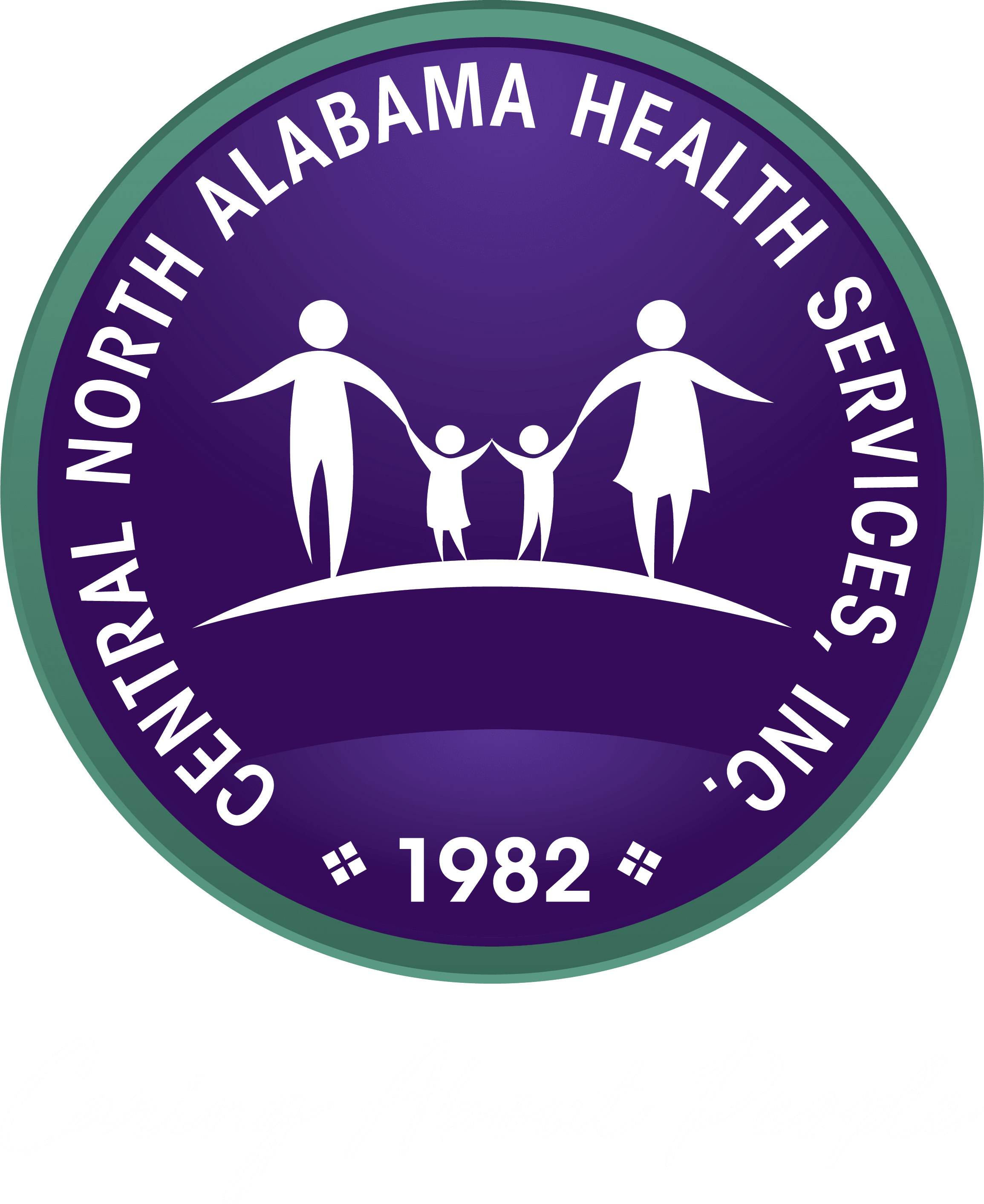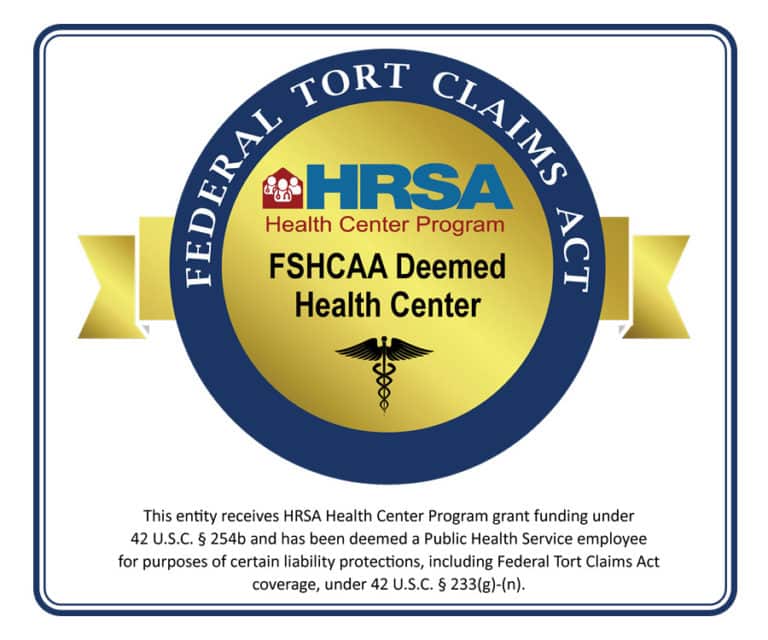The season of gift-giving and toy-buying is here!
National observance for safety

December is Safe Toys and Gifts Awareness Month – an observation declared by Prevent Blindness America to raise awareness of toy safety. According to the group’s website, “Each year, thousands of children ages 14 and younger suffer serious eye injuries, even blindness, from toys. Additionally, the U.S Product Safety Commission states that more than 200,000 people are treated for toy-related injuries in emergency rooms every year.
If you are a parent, your child probably has a wish list and you may be grappling with what on their wish list you will buy. When considering your purchases this year, we want you to keep safety in mind.
Preventative measures keep the doctor and emergency room away
Before you check out online or at your local toy store, take a moment and assess if the toys you are buying are safe and age appropriate. The American Academy of Pediatrics offers 10 tips for buying toys:
- Reading all safety labels and instructions. Warning labels give important information about how to correctly use a toy and for what ages the toy is safe. Show your child how to correctly use the toy the right way.
- Think LARGE. To avoid choking hazards, make sure all toys and parts are larger than your child’s mouth.
- Avoid toys that shoot objects into the air. They can cause serious eye injuries or can cause choking if swallowed.
- Avoid toys that are loud to prevent damage to your child’s hearing. See 10 Tips to Preserve Your Child’s Hearing during the Holidays.
- Look for stuffed toys that are well made. Make sure all the parts are on tight and seams and edges are secure. It should also be machine washable. Take off any loose ribbons or strings to avoid strangulation. Avoid toys that have small bean-like pellets or stuffing that can cause choking or suffocation if swallowed.
- Buy sturdy plastic toys. Buy Sturdy- toys made from thin plastic may break easily with sharp edges.
- Make sure the label says “nontoxic.”
- Avoid hobby kits and chemistry sets for any child younger than 12 years. They can cause fires or explosions and may contain dangerous chemicals. Make sure your older child knows how to safely handle these kinds of toys.
- Electric toys should be “UL Approved.” Check the label to be sure.
- Be careful when buying crib toys. Soft objects, loose bedding, or any objects that could increase the risk of entrapment, suffocation, or strangulation and should be kept out of the crib. Any hanging crib toy (mobiles, crib gyms) should be out of your baby’s reach and must be removed when your baby first begins to push up on their hands and knees or when the baby is 5 months old, whichever occurs first. These toys can strangle a baby.
Other Reminders

Be proactive in avoiding toy related injuries. For example, it is a given that children should ALWAYS wear a helmet with all riding toys (motorized or not). If you are thinking of buying a bike, scooter, or another riding toy, remember to also buy the safety accessories that go along with it – such as a helmet and knee pads.
For homes with different age groups, remember that older children may play with age-appropriate toys that are NOT age-appropriate for their younger siblings – just think of crawling baby sister with brother’s small Lego – oh no! You may have to set some hard rules for your home.
At our Family Health Centers, the wellbeing and safety of our families are of top priority. We wish you and yours a safe and happy holiday season! Please be sure to share with us any additional tips that you have.


